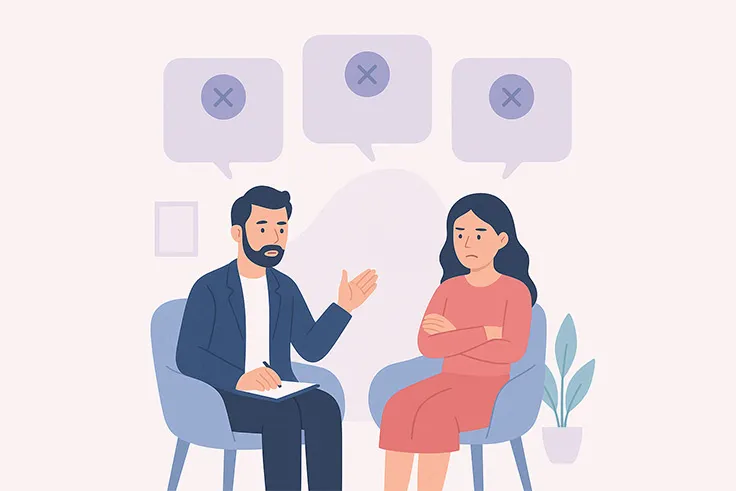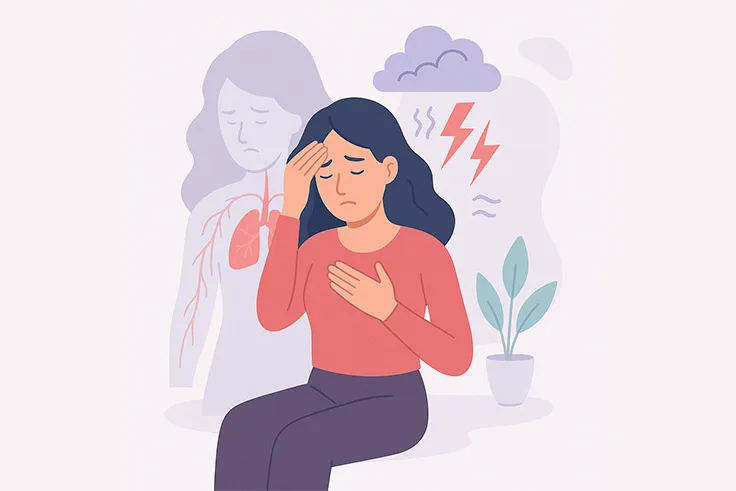
Effective Ways to Deal With Workplace Bullying
Many of us face bullies in our schooling and even during our university lives. In such institutions, anti-ragging and anti-bullying societies, etc. do provide a lot of support. Sadly, one may even have to go through this in their work-life as well. In fact, it is a common occurrence.
Workplace bullying is a pattern of repeated hurtful targeted actions and behaviours that physically or emotionally harms the victim. It can be directed at a single person or a group of people. This kind of bullying can be verbal or non-verbal in nature and can include psychological or physical abuse and humiliation. It can also be sexual abuse which can include uninvited physical contact, sexually coloured remarks, and showing obscene images to a coworker.
In the times of covid when most employees are working from home, workplace bullying can occur on digital platforms as well. A co-worker might post malicious content targeting a colleague or compromising images of someone that may spread falsehoods and misinformation about them. This can be more dangerous and harmful than the kind of bullying that takes place at the workplace as such information can be extremely difficult or entirely impossible to remove once circulated on the internet.
How to Identify Workplace Bullying
Bullying can be subtle or blatant. Blatant kinds of bullying may involve verbally abusing and even physical abuse such as pushing or shoving an employee. This kind of bullying is simpler to identify. However, it can be difficult to tell subtle bullying apart from something like criticism or something that may seem targeted, but isn’t. In most cases, it is best to ask the coworkers and consider their perspective of what’s happening. If a majority of them call it bullying, then it quite possibly is so.
Types Of Workplace Bullying
The categories of tactics that a perpetrator may use can be broadly classified into a few categories. The first type is verbal bullying which includes mockery, abusive language, gossip, spreading rumors, jokes, humiliation, etc. Then, intimidation also takes place at the workplace and can take shape in many vicious forms. These are; giving threats, social exclusion, spying and stalking, etc. Moreover, victimizers could also create problems for you related to the work performance. This could include spreading misinformation, wrongful blames, taking the credit for your effort, work sabotaging, etc. Retaliatory actions also count as workplace bullying. Examples are, exclusion, refused promotions for no reason, accusations of lying, etc. Institutional bullying is another complicated way that bullying takes place. It is when the organization itself doesn’t support you when you’re being bullied, is aware of what’s happening and in fact, encourages this kind of behaviour.
How Bullying Affects Your Health
The negative impact that bullying has on your health becomes quite impossible to ignore in most cases. It can lead to physical, mental and emotional complications that last long even after the bullying has stopped or even when you have distanced yourself from the people, situations and environment where you get bullied. Following is the impact of bullying on your health:
Impact of Bullying on Physical Health:
- This includes digestive problems due to the anxiety and stress involved;
- High blood pressure,
- Risk of developing Type 2 Diabetes,
- Somatic symptoms such as headaches and decreased appetite,
- Problems with sleep such as insomnia and parasomnia &,
- Nausea
Impact of Bullying on Mental Health:
- Worrying and stressing over work persistently,
- Wanting to stay home and dreading the work place as negative associations form with the workplace environment,
- Craving time off constantly so as to recover and recharge
- Increased risk of developing mental health conditions such as depression, anxiety disorders
- Intrusive and suicidal thoughts
- Low self-esteem
- Self-doubt, and lack of self confidence
Causes of Workplace Bullying
There are two main potential causes of workplace bullying, specifically in Singapore. According to a survey conducted in 2016 by Roffey Park confirms that Singaporeans spend much more time at work than the workers of Hong Kong and China do. This means that most workers in Singapore have long work hours.
Moreover, this survey also showed that Singapore workers feel increasingly stressed over the 6 months after which the survey was conducted.
Both the above factors of feeling increasingly stressed and having to work for long hours contribute to a high possibility of conflict, havoc, and tensions among the employees at the workplace.
How To Handle Workplace Bullying
When you see yourself being in a situation where you suspect you are being bullied, or are entirely sure you’re being harassed and/or bullied at the workplace, there are a few steps that you can take to make sure you best deal with the situation, all things considered. Even when no one may believe you or support you, you must seek help elsewhere and take a while to remind yourself that what’s happening to you is not your fault.
Following are the steps that you can take to help yourself out in such a situation:
- Talk about it as soon as possible. It is imperative that you stand your ground firmly and try to speak up to the one bullying you, if the situation is still in the early stages and hasn’t become complicated yet. Speak up right at the moment when you feel you are being mistreated in the slightest. You could also try to explain to them the problem you’re facing.
- Document the bullying and/or harassment, save physical evidence. It is important that you keep a track of everything that you feel was intended to hurt you. Document every scenario and note the date, time and the persons who were there as witnesses. At the same time, keep all the notes that they used to threaten you, if any, and all the documents that can prove that you were being bullied.
- Record your performance. Keep a track of your performance so that if anyone who overly criticized you and your work with ill intentions can be proved wrong in future. Collect all the documents that show qualifiable results of any projects that you’ve worked on, and all emails that include positive feedback from any colleague, manager, supervisor, stakeholder or the client themselves.
- Talk to someone superior to you, or the HR. Once you have all the evidence and feel like you can talk to someone, then approach a high ranking employee or an HR about what you’re facing. The documentation would be of much help at this stage.
5. Seek legal guidance, look for a new job, and reach out for help from a mental health professional to recover and heal. At the end of the day, your well being is of prime importance and even if you receive a smaller paycheck at some other organization, you must treat your health as your top priority. Seeking help in the form of counselling and therapy is also important as you may be having many anxiety reactions and stress-related problems after the atrocities you’ve gone through at the workplace.
Submit a Comment
Your email address will not be published. Required fields are marked *
Related reading
What Not to Expect from Therapy: Dispelling Common Misconceptions
24 April, 2025
You finally booked your first therapy session, nerves and hope swirling inside you. Maybe you’ve heard that therapy can work wonders – and it can. In f...
It’s Not Just in Your Head: How Trauma Affects Your Body and How You Can Heal
23 April, 2025
Have you ever noticed aches, fatigue, or tension in your body after a stressful or traumatic experience? If so, you’re not alone. When we think of trauma...
How to Prepare for Your First Therapy Session: A Beginner’s Guide
5 March, 2025
Choosing to begin therapy is a courageous and empowering decision. It signifies your willingness to invest in your mental and emotional well being, it’s ...





